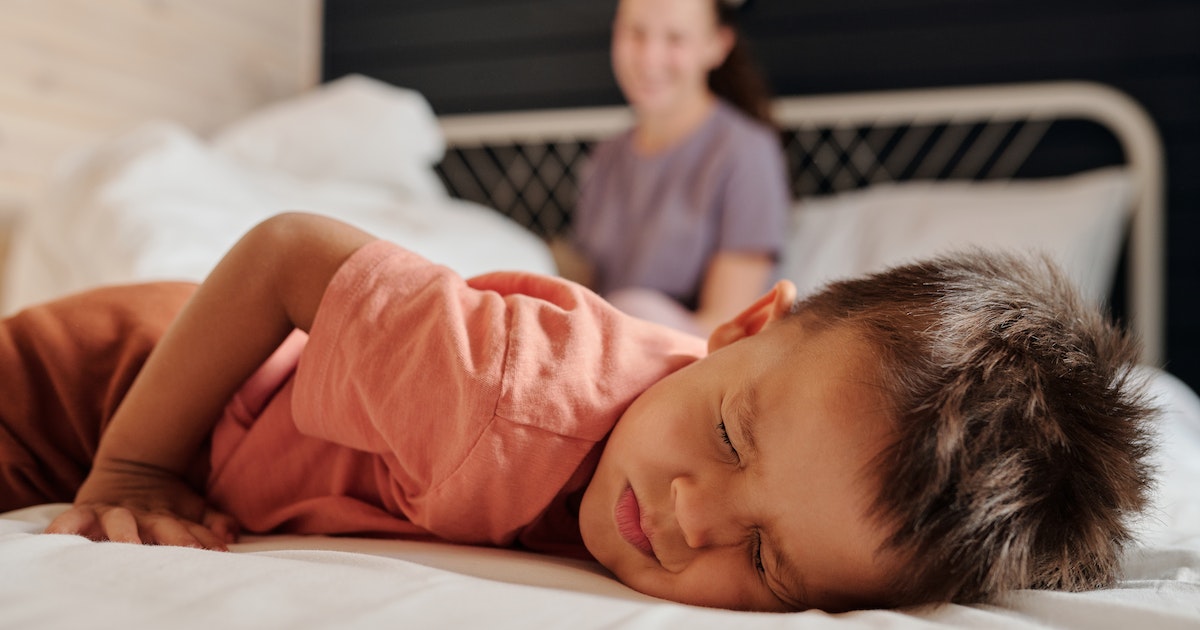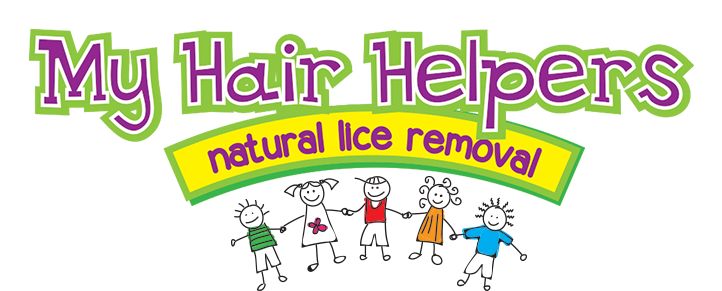Head lice are a common problem, particularly among children in close-contact environments like schools and daycares. While the thought of lice may make you cringe, it’s important to know that they are 100% treatable. However, it’s best to identify head lice early on when the symptoms are easier to treat, and the lice have less time to spread.
Below are the signs and symptoms of head lice infestations that you should know so that you can identify and treat the problem effectively.
Itchy Scalp
The most common symptom of head lice is an itchy scalp. The sensation is often caused by an allergic reaction to lice bites, though not everyone reacts in the same way. Pay attention to where the itching is happening. In cases of head lice, the itching is typically more pronounced behind the ears and at the back of the neck, as lice prefer these warm areas to feed and lay eggs.
Presence of Nits
Head lice lay their eggs, also known as nits, close to the scalp. Nits are tiny, oval-shaped eggs that appear yellowish or white and are firmly attached to the hair shafts. They can be mistaken for dandruff or hair product residue, but unlike dandruff, nits cannot be easily brushed away. If you notice small, oval-shaped objects firmly attached to the hair close to the scalp, it may indicate a lice infestation.
Adult Lice
Adult lice are small, wingless insects that are roughly the size of a sesame seed. They are tan to grayish-white in color and can move quickly through the hair. Spotting live lice crawling on the scalp or hair is a clear sign of infestation. These insects are most active in the dark, making it easier to find them at night using a fine-toothed lice comb.
Sores and Irritation
Prolonged infestations or excessive scratching can lead to sores and skin irritation on the scalp. Bacterial infections may also occur if the skin is broken due to scratching. If you or your child experiences these symptoms, contact your doctor right away, as they can get worse.
Visible Lice Movement
Sometimes, you may be able to spot lice by looking closely at the hair or scalp. Lice can move quickly, making them somewhat challenging to see. However, with a bright light and close observation, you may be able to identify them. Pay attention to the areas behind the ears, near the hairline and the crown of the head.
Fast, Effective Treatment for Lice Infestations
Recognizing the signs and symptoms of head lice is crucial for early detection and effective treatment. By being vigilant and regularly checking for these indications, you can prevent the spread of lice and minimize discomfort and potential complications.
If you suspect a lice infestation, it’s important to take immediate action by using appropriate lice treatment products. Remember, timely intervention plays a vital role in eradicating head lice and maintaining a healthy scalp. To shop for safe, effective and natural head lice treatment and prevention products, visit Amazon or the Shop Here Now tab on our website.


